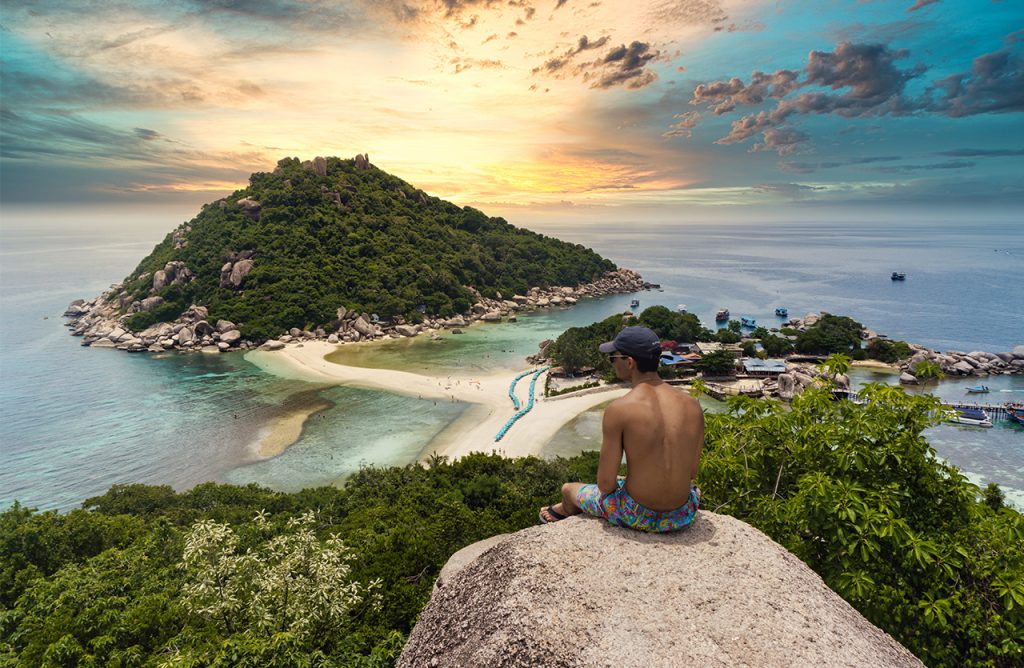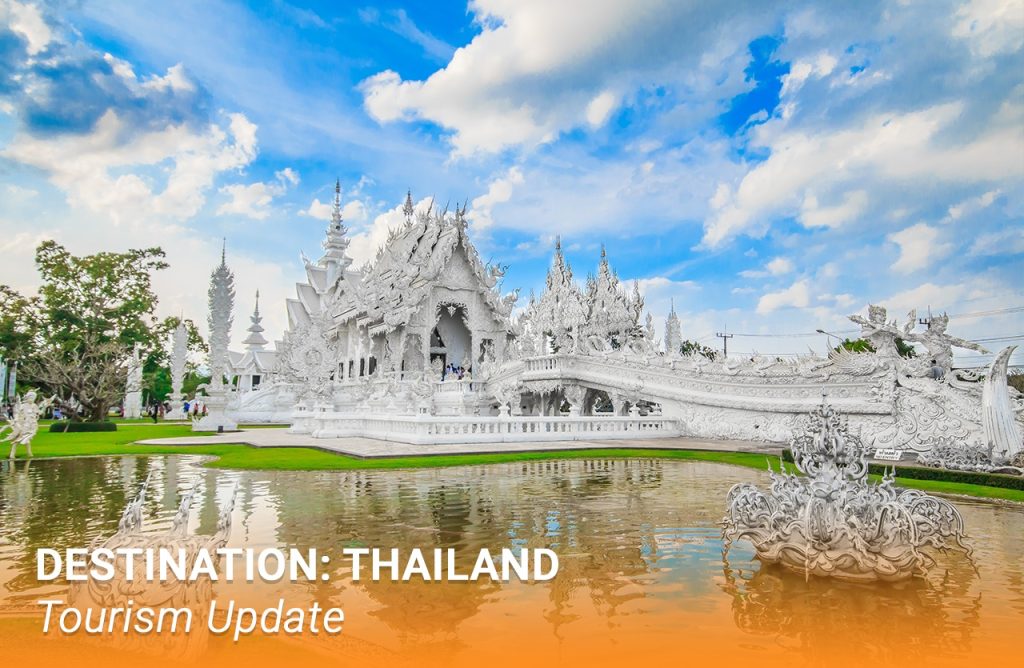
The Thai Immigration Bureau has confirmed its latest plan for a revival of international tourism in Thailand. This week, the cabinet approved the creation of a ‘Special Tourist Visa’ that could be available as early as next month. Focusing on long-term stays, the new plan would initially allow a limited number of international arrivals into Thailand, via the existing quarantine infrastructure.
The new visa was discussed and agreed upon during a cabinet meeting on Tuesday (15/9) of this week, when government officials gave it the green light. The Special Tourist Visa (STV) will permit international arrivals for a minimum of 90 days, with the option for two further extensions. The STV programme would thereby offer a total of 270 days (around 9 months) to international travellers in Thailand.
In order to receive the STV and a Certificate of Entry (COE), travellers will need to provide a ‘Fit to Fly’ medical certificate from their home country, which states that they are free from Covid-19 at the point of departure. Upon arrival in Thailand, they will be required to complete a 14-day mandatory quarantine in a government-approved hotel or resort (at their own expense), with proof of booking and payment provided in the application. Travel insurance covering Covid-19 is also required, equal to at least USD 100,000.
The rationale behind the long-term visa is based on Thailand’s confidence in its own ability to curb and contain any further outbreaks of the virus. Until recently, the Kingdom had gone 4 months without a local transmission (and the two recent examples have been immediately contained); this suggests that Thailand has the virus firmly under control within its own borders; the bigger question is how to prevent it arriving from overseas.
The Immigration Bureau solution is a mandatory 14-day state quarantine for all arrivals in a government-approved ASQ or ALSQ hotel. While this has been a major stumbling block for previous tourism revival plans, it is hoped that the inconvenience of quarantine would be proportionately less of a deterrent for long-term visitors, especially if they were in Thailand for up to 270 days in total. The government has also been working on ways to make quarantine less onerous, including state-sanctioned holiday resort bubbles, where arrivals can see out their quarantine in relative comfort.
The STV programme is expected to allow around 1,200 incoming passengers per month. Although this is a drop in the ocean compared to Thailand’s’ usual numbers (3 million monthly arrivals from overseas), when compared to the prolonged drought the Kingdom’s tourism sector has endured for much of this year, STV looks like a much-needed deluge – or at least a crack in the dam.
Thai PM Prayut Chan-o-cha appears to share this view of the new visa. Speaking after the cabinet meeting, he confirmed that the programme is an important first step to reopening Thailand’s tourism sector. Referring to the 14-day quarantine as an effective defence, the Department of Disease Control (DDC) backed the PM by stating that “reopening the country to foreign visitors will not raise the risks of local Covid-19 transmission from imported infections”.
At present, there are no plans to reopen international flight networks to Thailand – holders of the STV would enter the Kingdom via charter flights, of which 1-3 weekly arrivals are expected to be permitted. Tourism Authority of Thailand (TAT) deputy governor Thapanee Kiatphaibool has taken issue with this scarcity in travel infrastructure, noting that the expense and infrequent nature of these flights could be a further deterrent to international arrivals. Full details of the scheme are still being decided.
While the new long-term visa is neither perfect, nor the broad reopening that many in the industry were hoping for, it does open the door to international tourism in Thailand for the first time in months. It is therefore a welcome sign of both the Government’s willingness to revive the sector and the nation’s readiness for a safe return to tourism operations. Additionally, it could also serve as a precursor of further lifting of travel restrictions in the near future.





